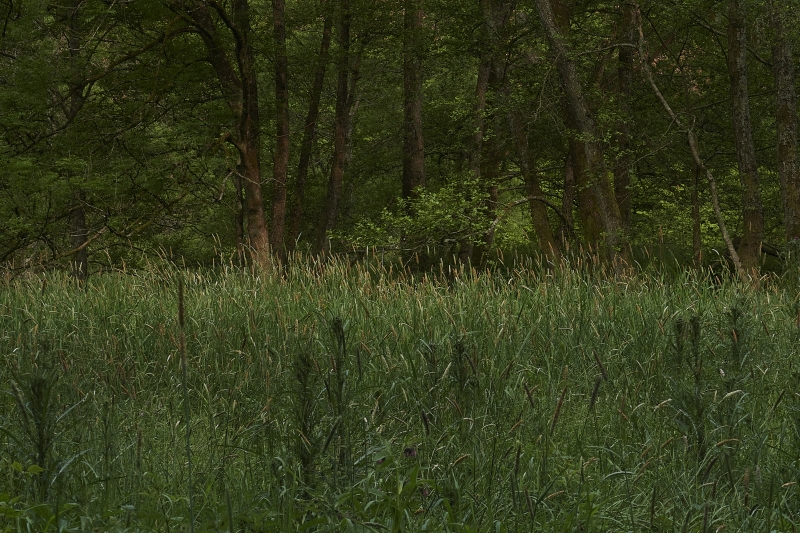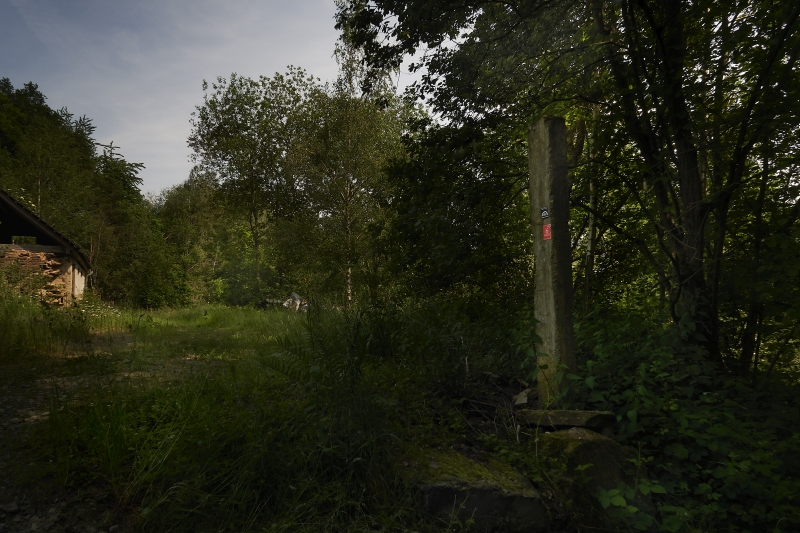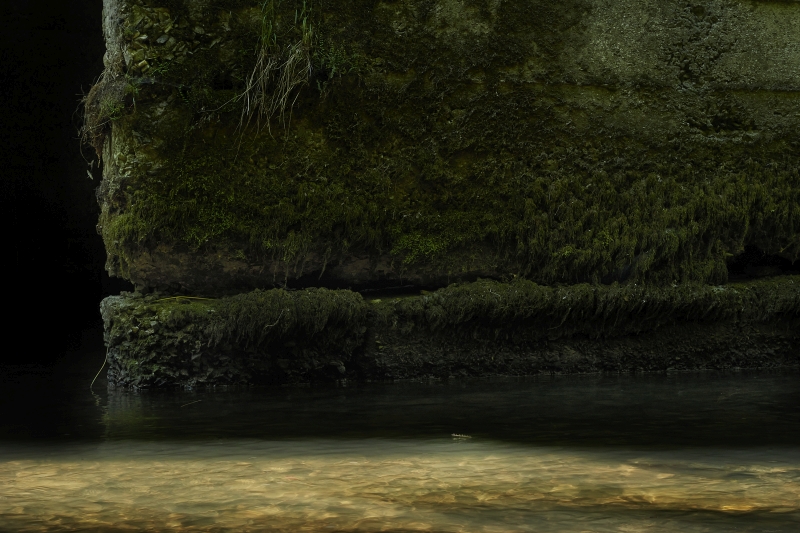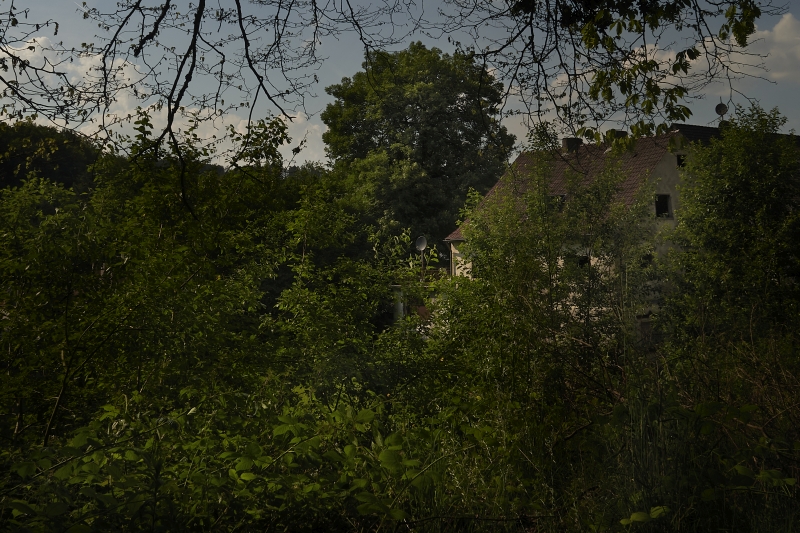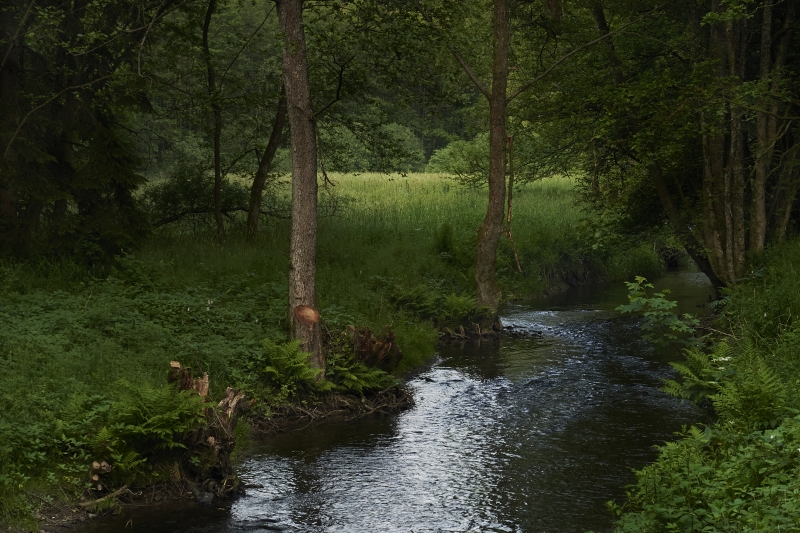Post-traumatic Landscapes
In the summer of 1944, there were 2.3 million prisoners of war and 5.4 million civilians from abroad in Germany who had been deported here for forced labour. Most of them were kept in camps. Historians estimate the number of POW camps at around 6,000, the number of camps for civilian forced labourers at 25,000 to 30,000. In Lindlar, a municipality with 20,000 inhabitants in North Rhine-Westphalia, there were alone at least 14 camps. No other NS crime confronted so many people personally – as victims, perpetrators or spectators. Nevertheless, the camps were very quickly forgotten. But what always remains are traces, cracks and scars in the landscape. The past does not disappear, it writes itself into the landscape. Where nature seems to have swallowed up the past, long-forgotten events can be found and remembered.

